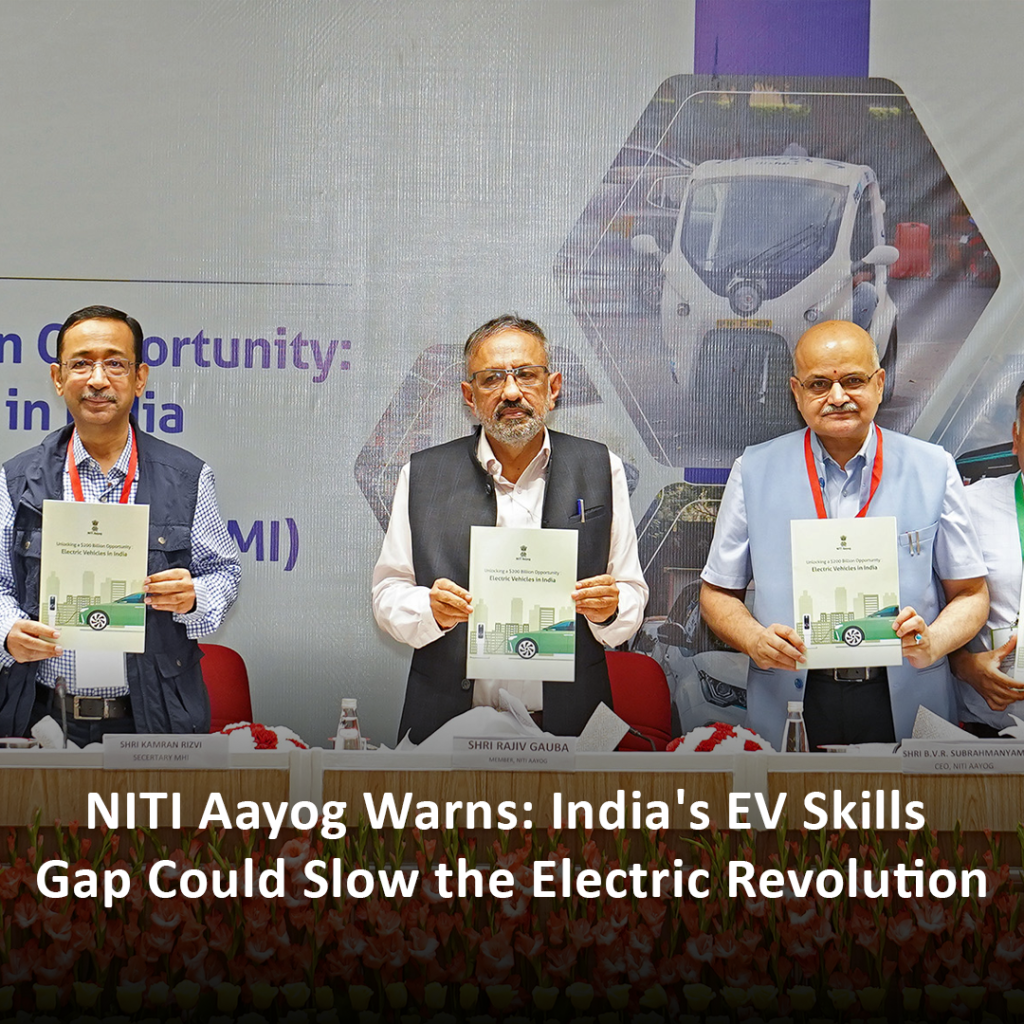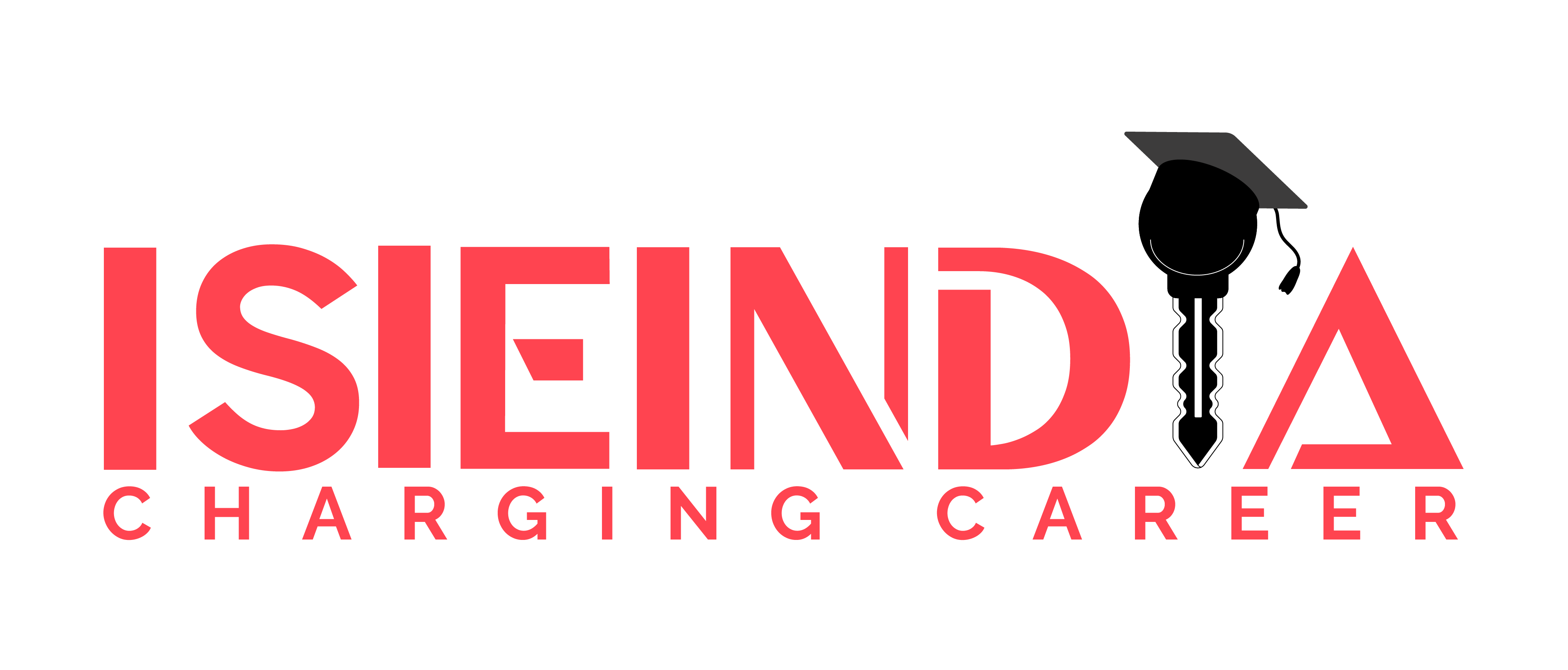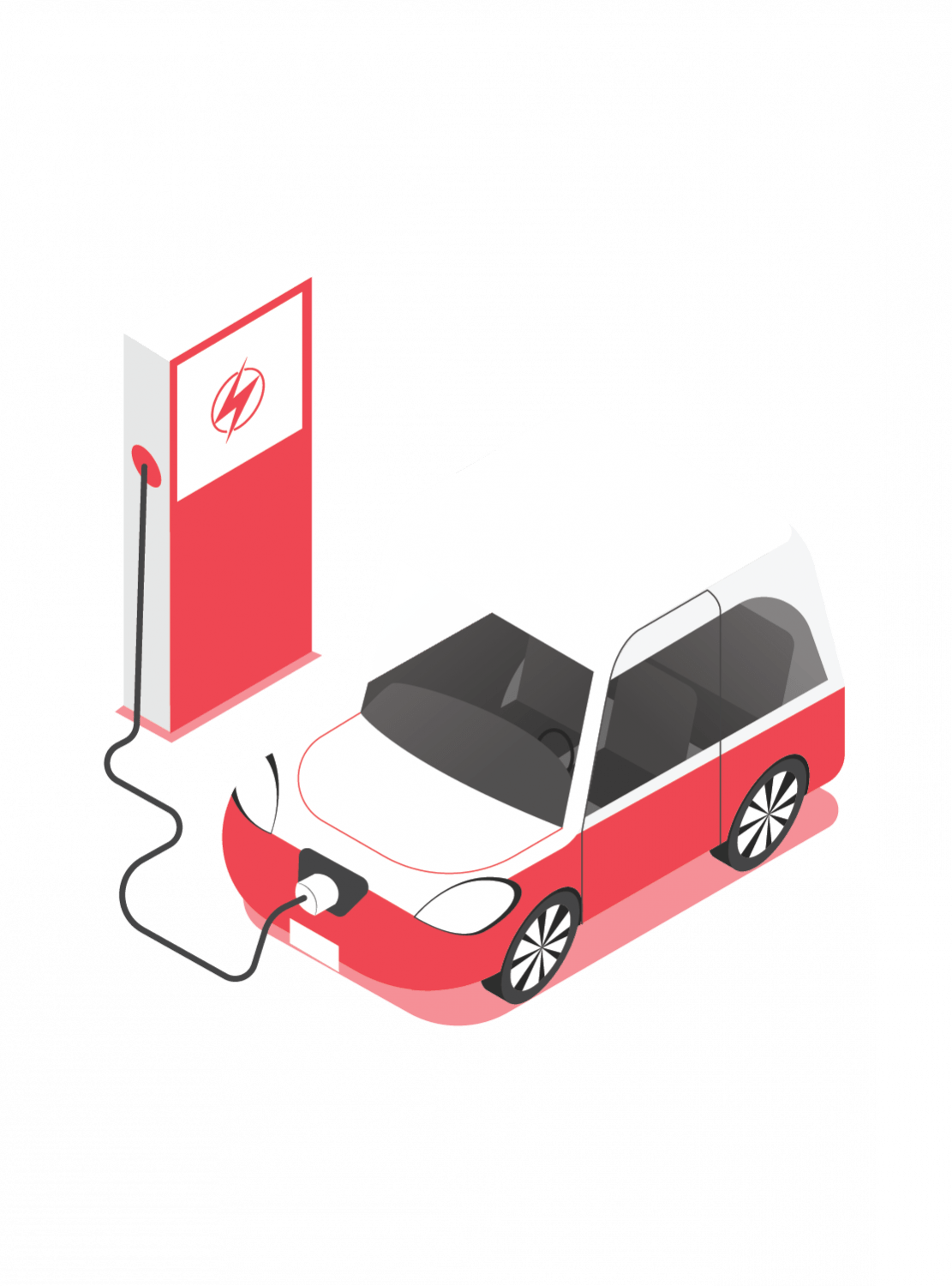NITI Aayog Warns: India’s EV Skills Gap Could Slow the Electric Revolution
India’s electric vehicle (EV) industry is accelerating with progressive policies, rising consumer demand, and rapid infrastructure growth. However, a recent warning from NITI Aayog could put the brakes on this momentum.
Two reports — “Battery Manufacturing and Skill Development” and “India’s Electric Mobility Transformation” — highlight a critical challenge: a widening skills and education gap in the EV workforce.
If not addressed today, this gap could slow down EV adoption, delay innovation, and cause India to miss out on millions of green jobs.
📊 The Numbers Speak for Themselves
-
10M+ skilled workers will be needed by 2030 in EV manufacturing, R&D, charging infrastructure, and maintenance.
-
Biggest skill gaps: Battery Management Systems (BMS), Power Electronics, EV Software, and Advanced Driver Assistance Systems (ADAS).
-
70%+ of engineering and diploma graduates require significant upskilling before entering the EV workforce.
-
Curriculum mismatch: Most courses still focus on traditional automotive systems, leaving students unprepared for EV technologies.

🔍 Why the Gap Exists
The issue isn’t just about numbers — it’s about relevance.
-
Graduates often have theory-heavy knowledge but lack exposure to EV components, diagnostics, calibration, battery systems, and testing.
-
Faculty members struggle to keep pace with rapid technological advancements in the EV ecosystem.
-
Limited hands-on infrastructure and industry-academia collaboration further widen the divide.
💡 NITI Aayog’s Roadmap
To bridge this gap, NITI Aayog has outlined urgent, large-scale interventions:
➡ Curriculum Upgrades – Integrating EV, battery technology, and power electronics into degree/diploma programs.
➡ Hands-On Infrastructure – Establishing EV labs, Centres of Excellence (CoEs), and simulation facilities.
➡ Industry-Academia Collaboration – Internships, live projects, and joint R&D with OEMs and startups.
➡ Faculty Development – Upskilling educators with the latest EV advancements.
How ISIEINDIA is Bridging the Gap
At ISIEINDIA, we see this skills gap not as a challenge but as a once-in-a-generation opportunity.
We are already building solutions through EV-focused labs, workshops, and training initiatives. Our collaborations with governments, academic institutions, and industry partners ensure real, scalable impact.
-
✔ With OSDA (Government of Odisha): Hands-on EV skilling programs empowering youth.
🔗 Explore Details -
✔ With ASAP Kerala (Government of Kerala): Future-ready EV skill development initiatives.
🔗 Explore Details -
✔ With KIET & other top institutes: Dedicated B.Tech Specialization Courses in EV & Future Tech.
🔗 Explore Details -
✔ Women Empowerment Programs: Creating strong EV career pathways for women across India.
🔗 Explore Details
Our Impact So Far
-
75+ EV & Green Technology Labs established across India
-
4,00,000+ students skilled & trained in cutting-edge technologies
-
120+ institutional & industry partners collaborating nationwide
-
1000+ placements & internships facilitated for young engineers
🌍 The Road Ahead
India’s EV future isn’t approaching — it’s already here.
But the real question remains:
👉 Do we have the skilled talent to lead it?
At ISIEINDIA, we are committed to building that workforce and powering India’s green mobility revolution. ⚡




